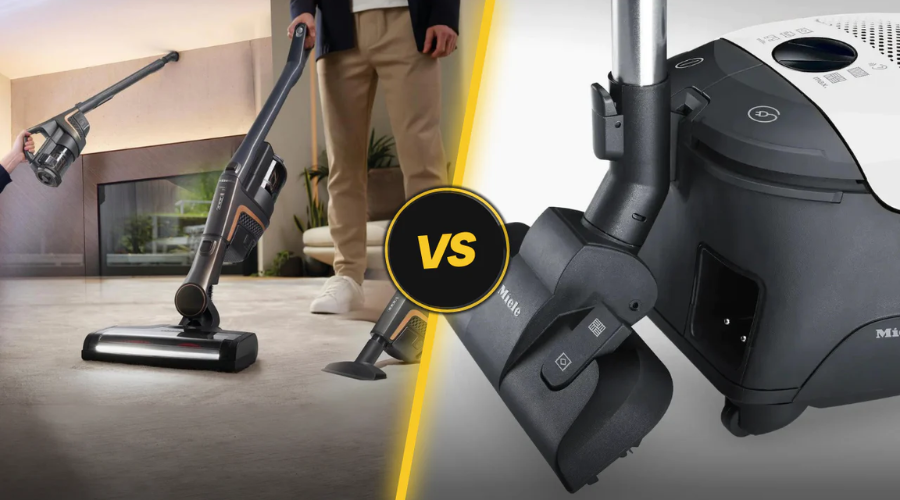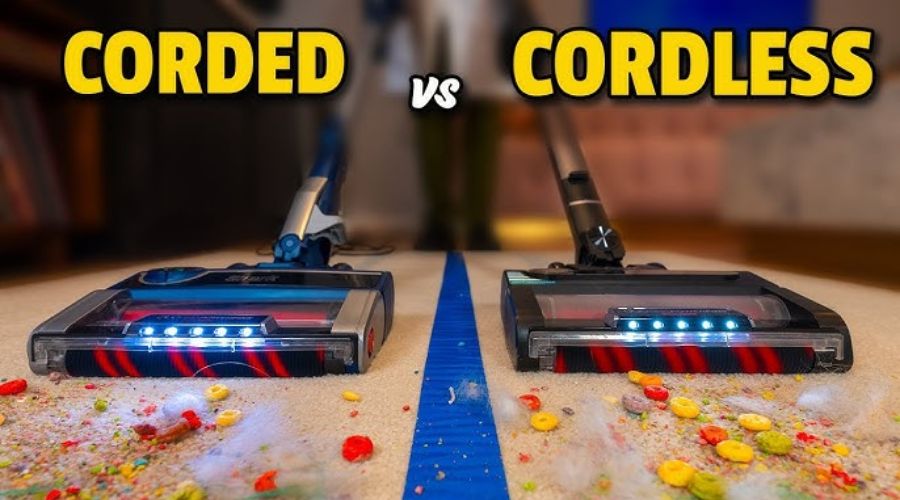Cordless vs. Corded Vacuum Cleaners: Which One Should You Buy?
Vacuum cleaners have become indispensable home cleaning tools, with cordless and corded models dominating the market in 2025. Cordless vacuum cleaners offer unparalleled freedom of movement, while corded vacuum cleaners provide consistent power for deep cleaning. Choosing between cordless vs. corded vacuum cleaners can be tricky, as each caters to different needs. Cordless models suit those seeking convenience and portability—like apartment dwellers or pet owners needing quick cleanups—while corded options appeal to homeowners with larger spaces or heavy-duty cleaning demands. This blog dives into the key differences to help you decide which is the best vacuum cleaner 2025 for your home.





